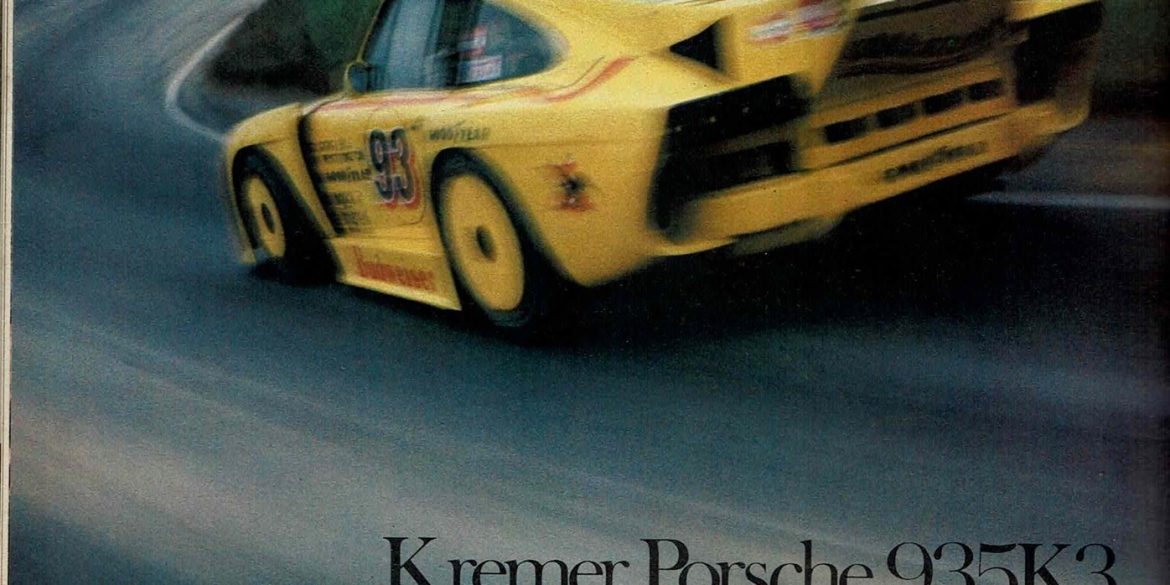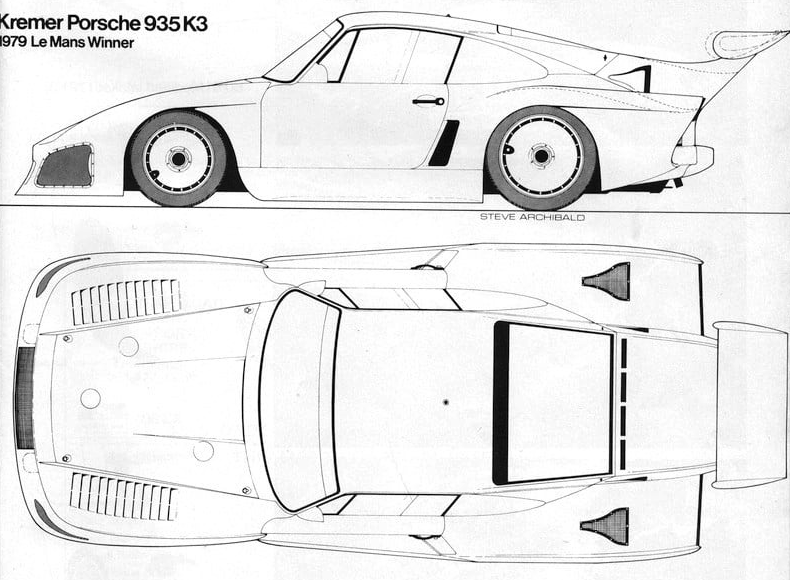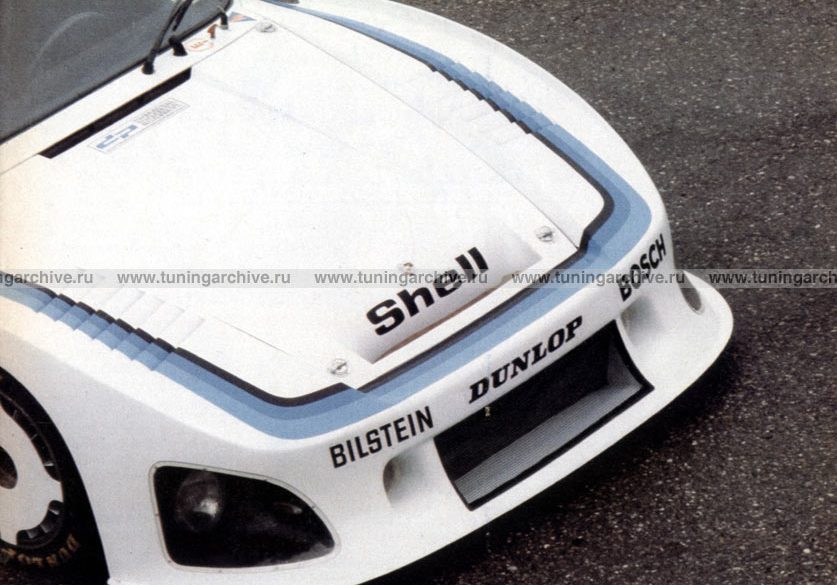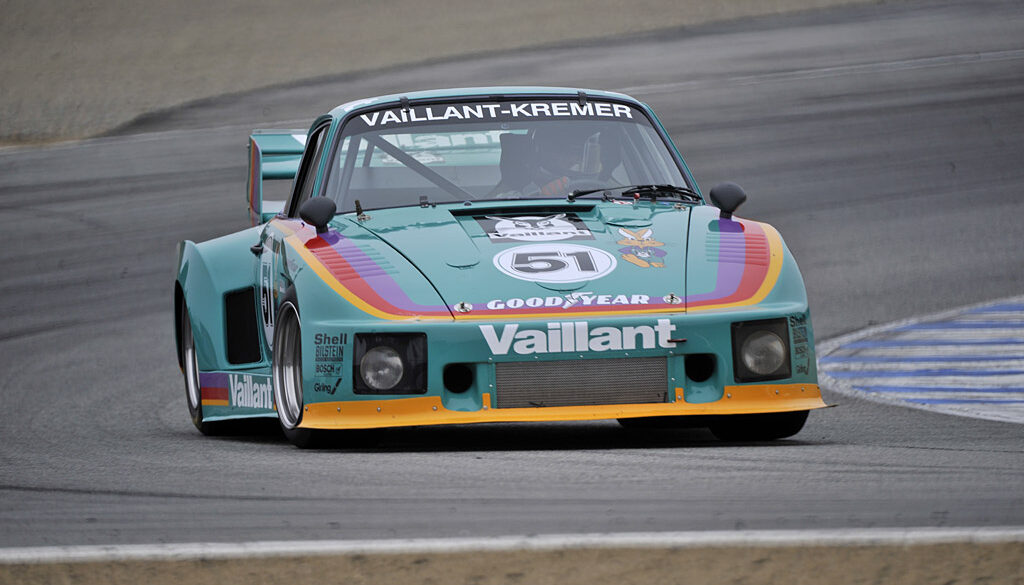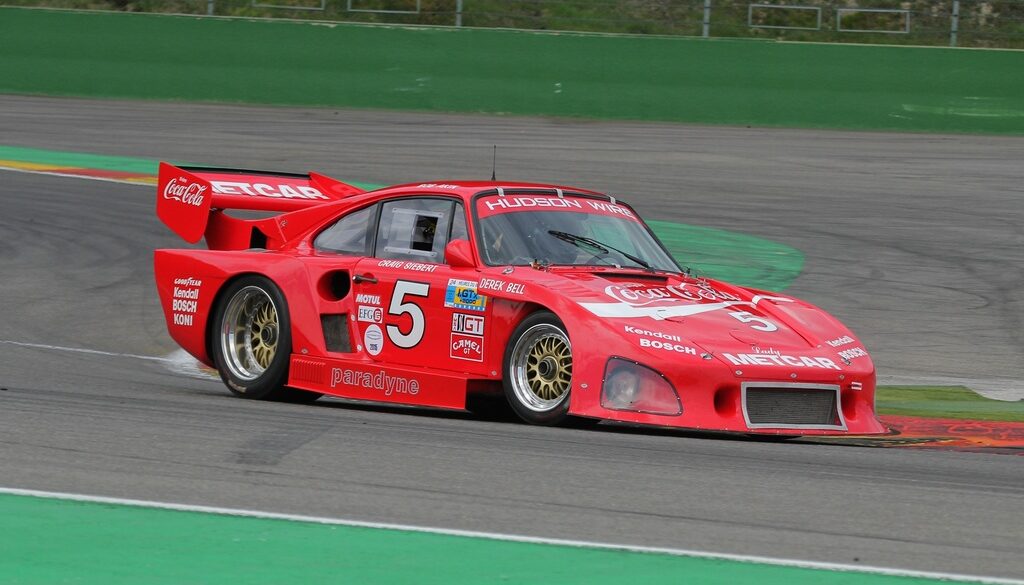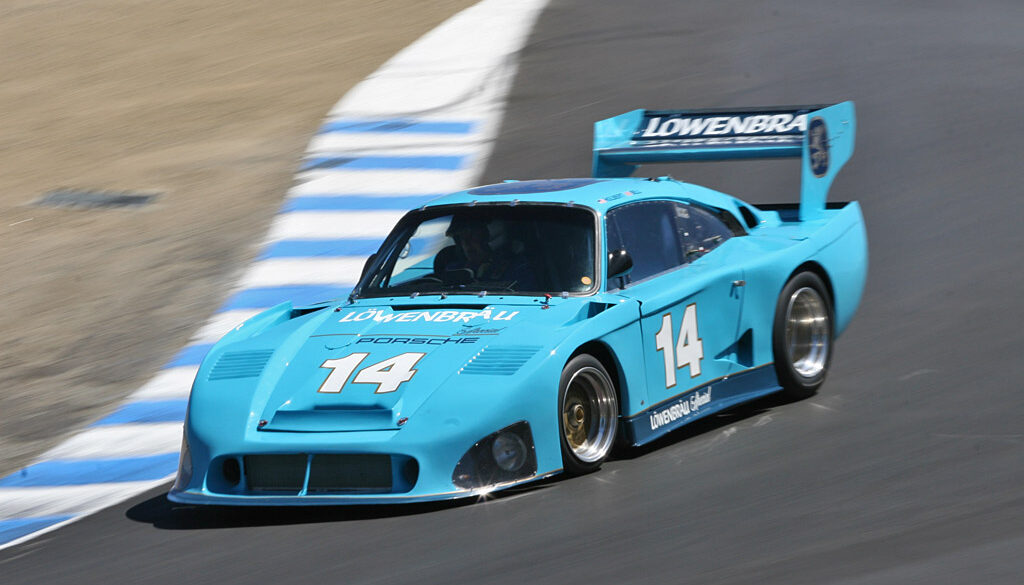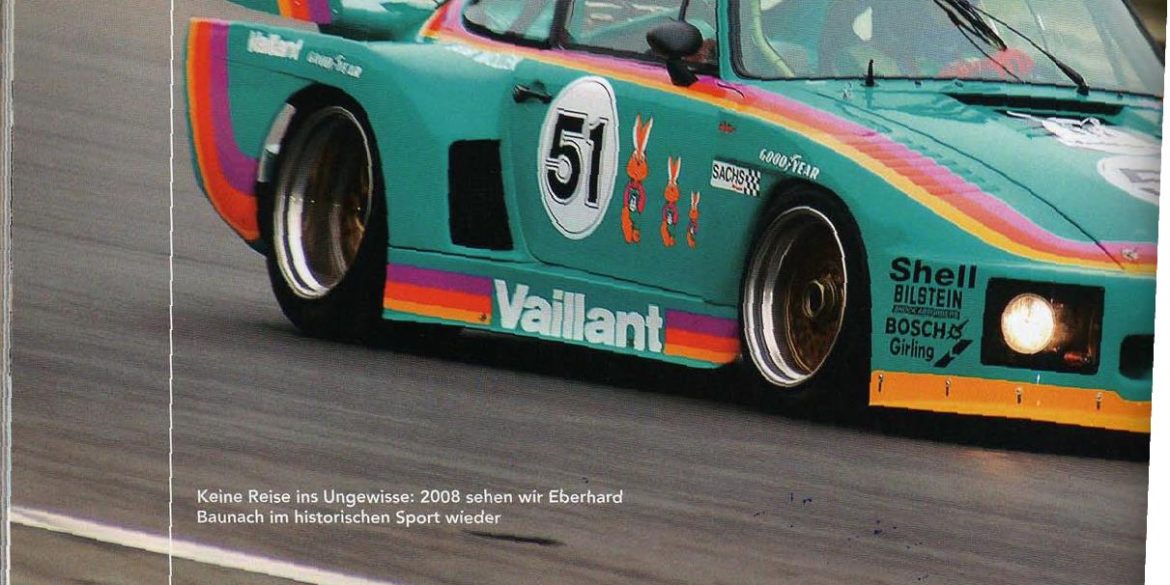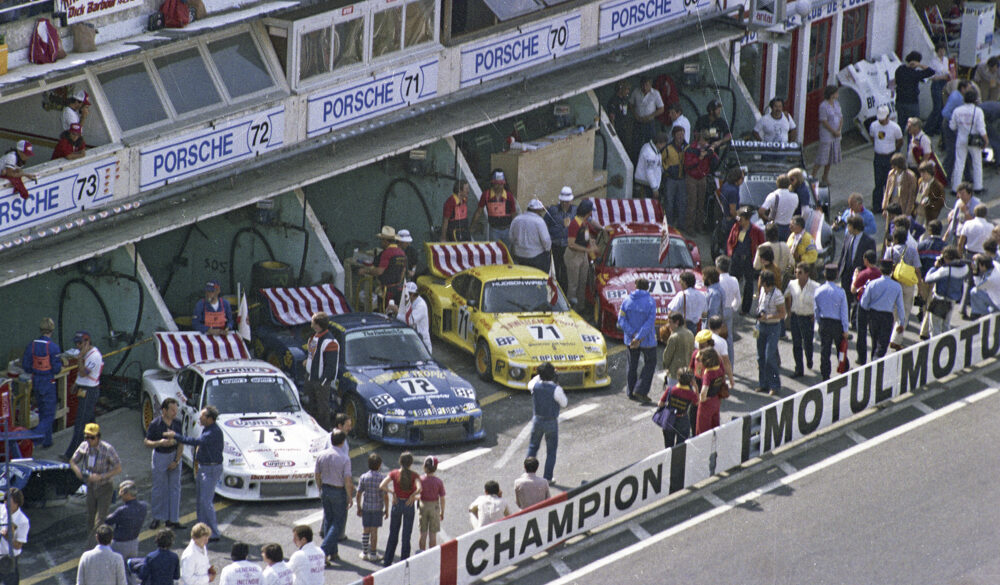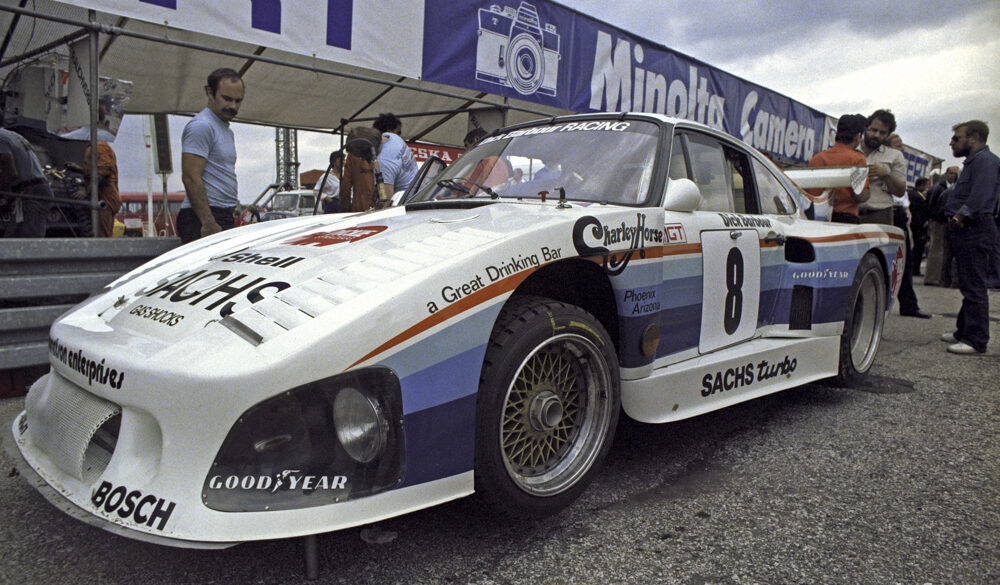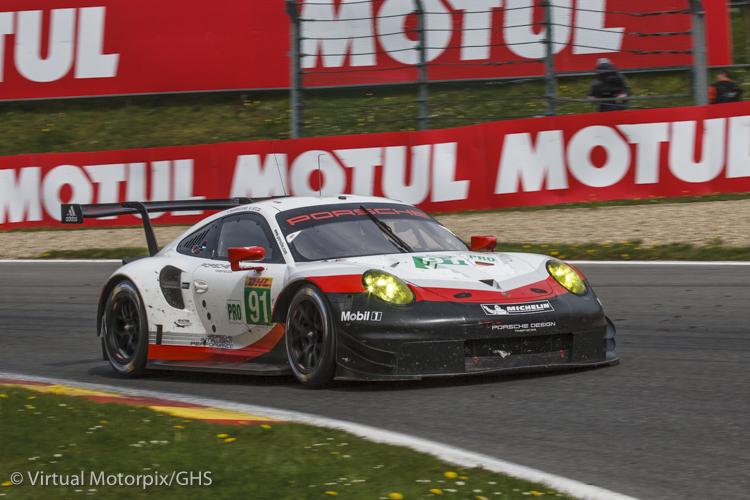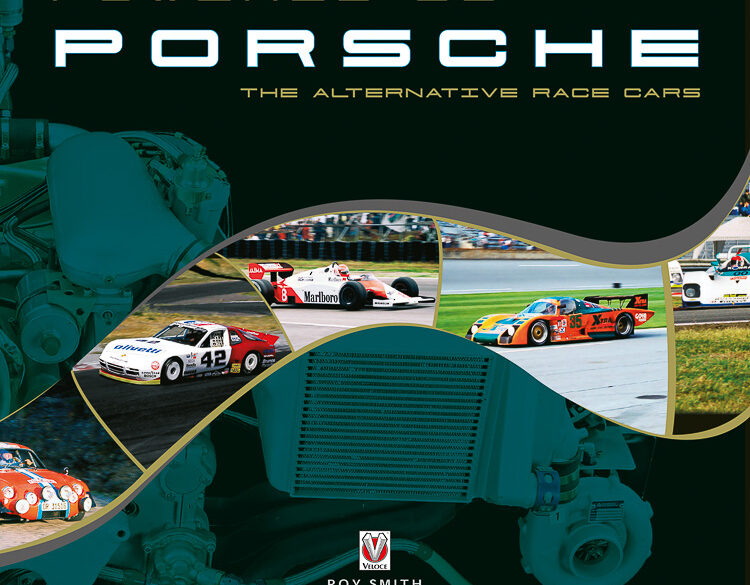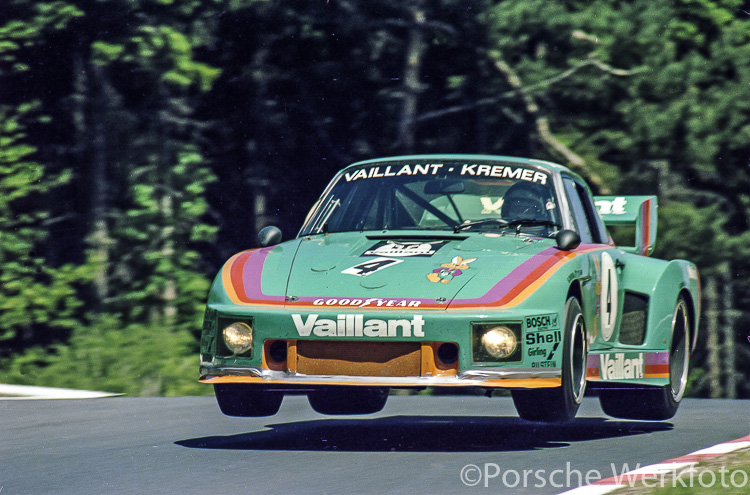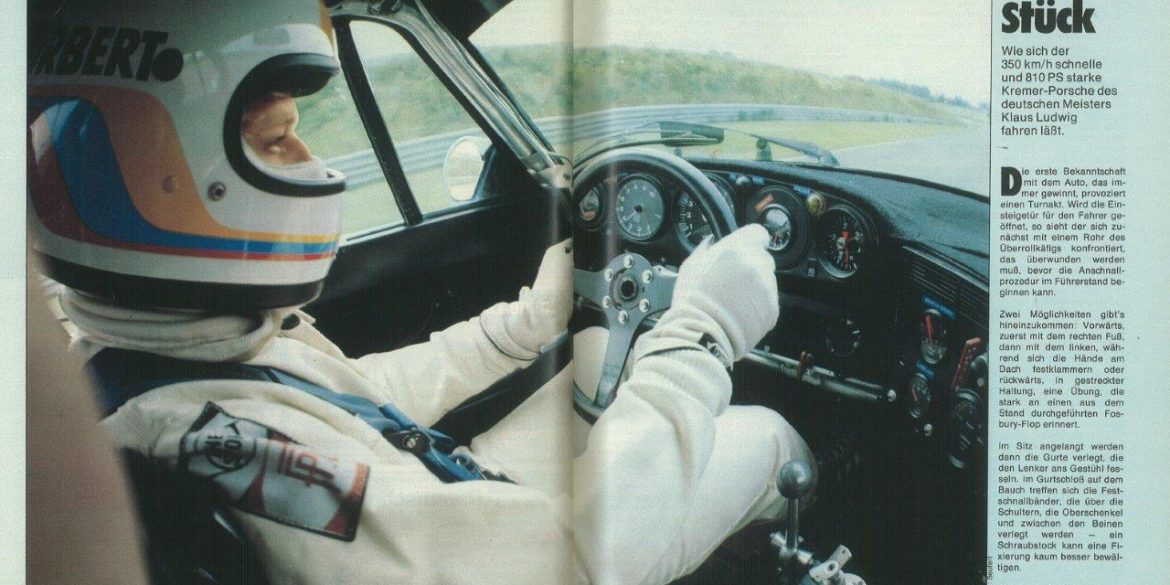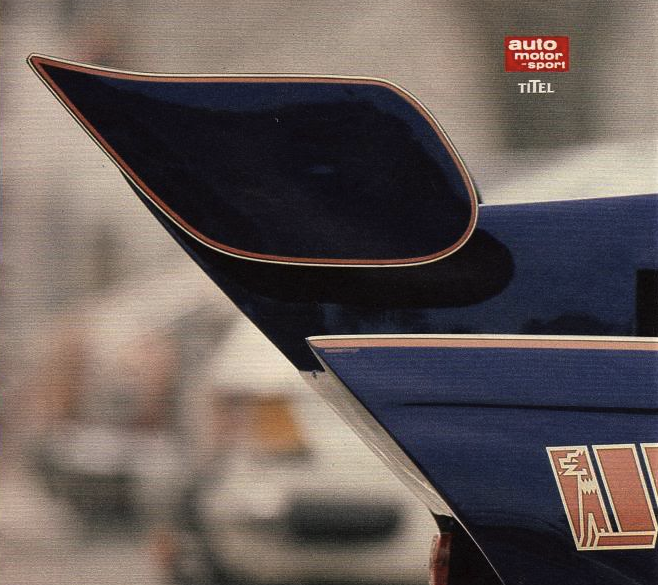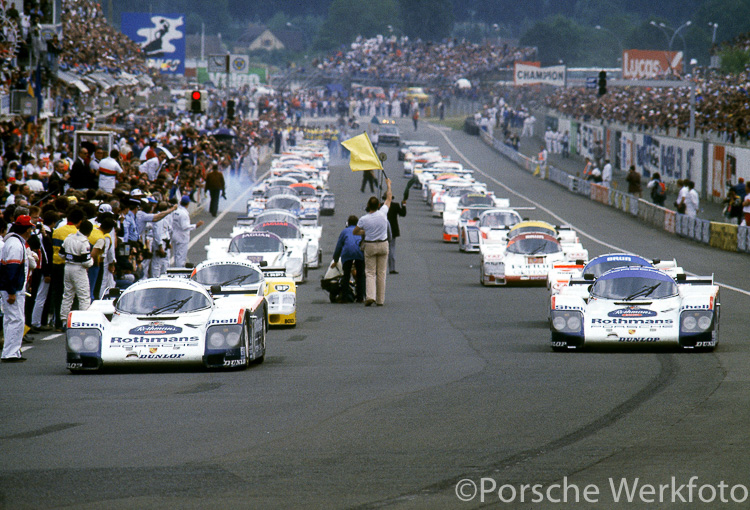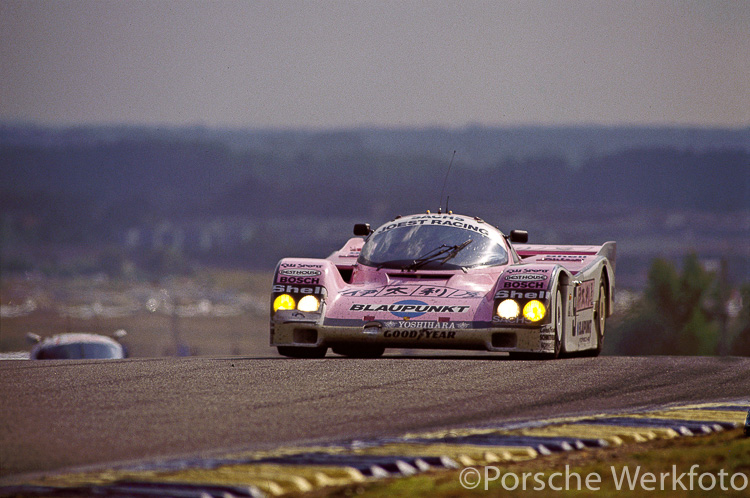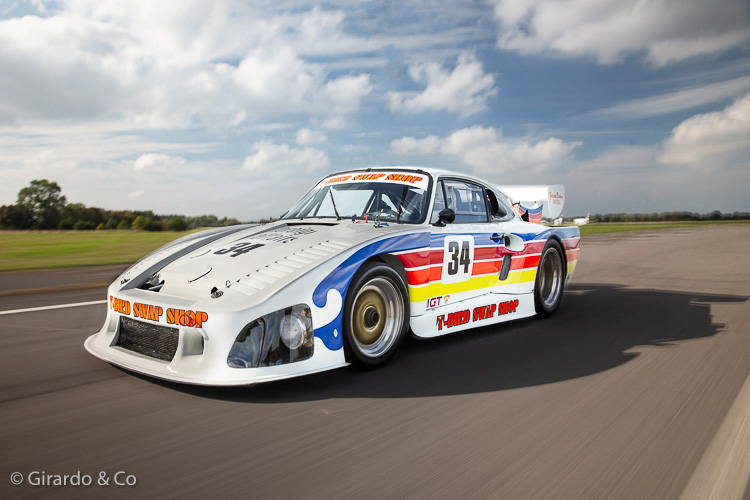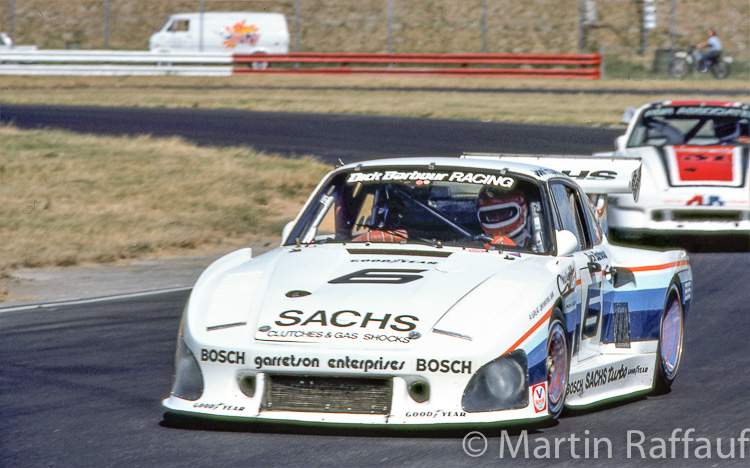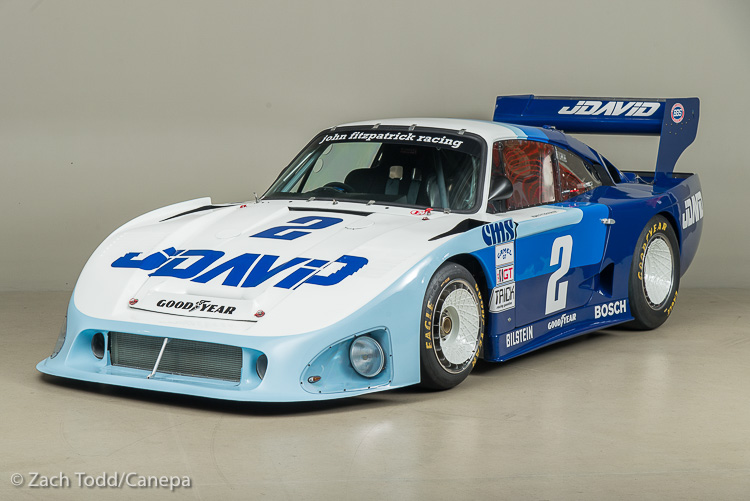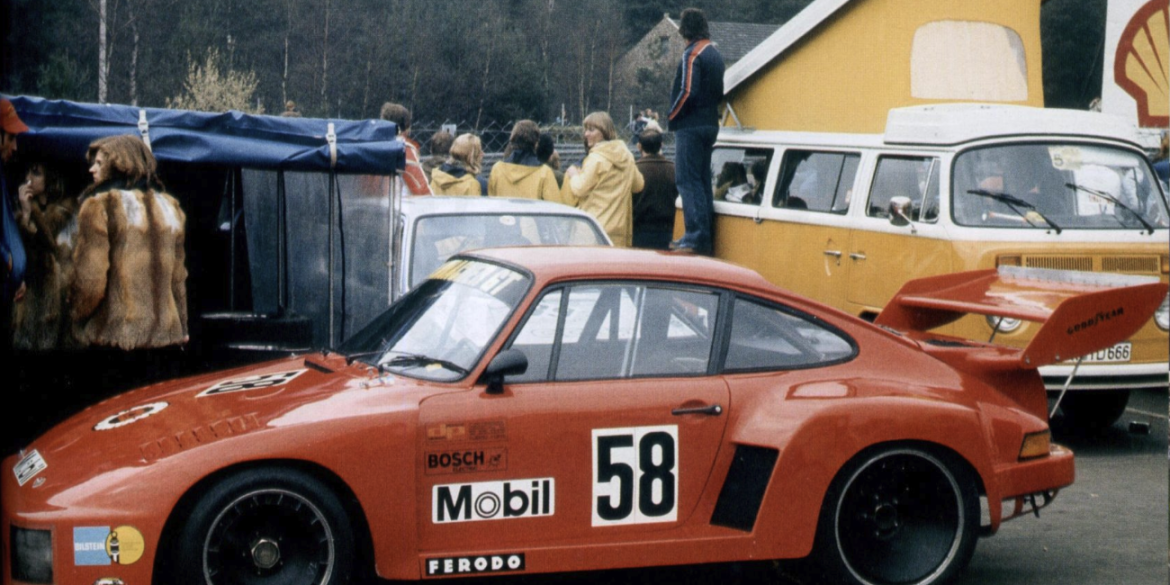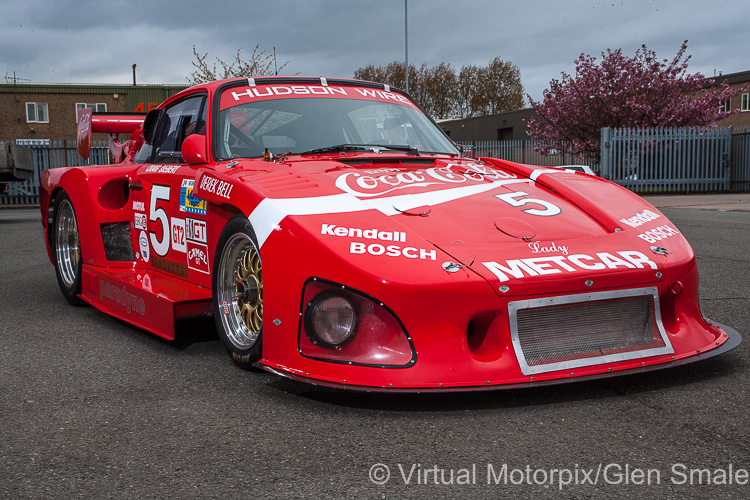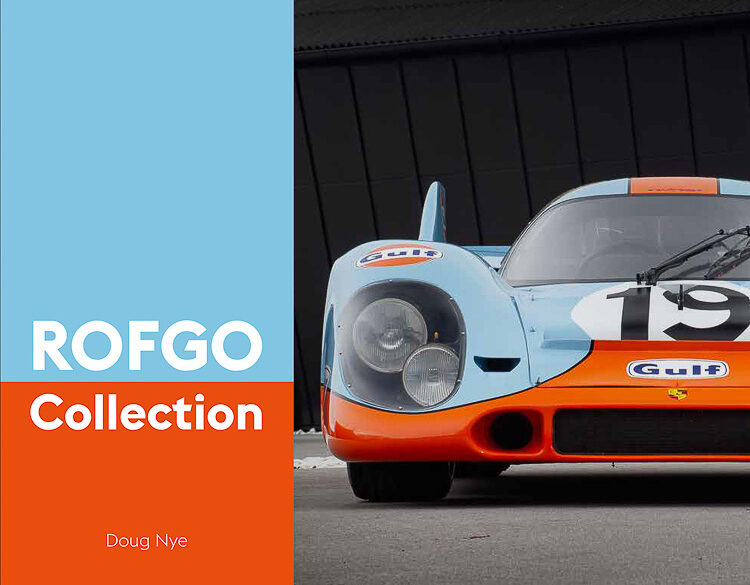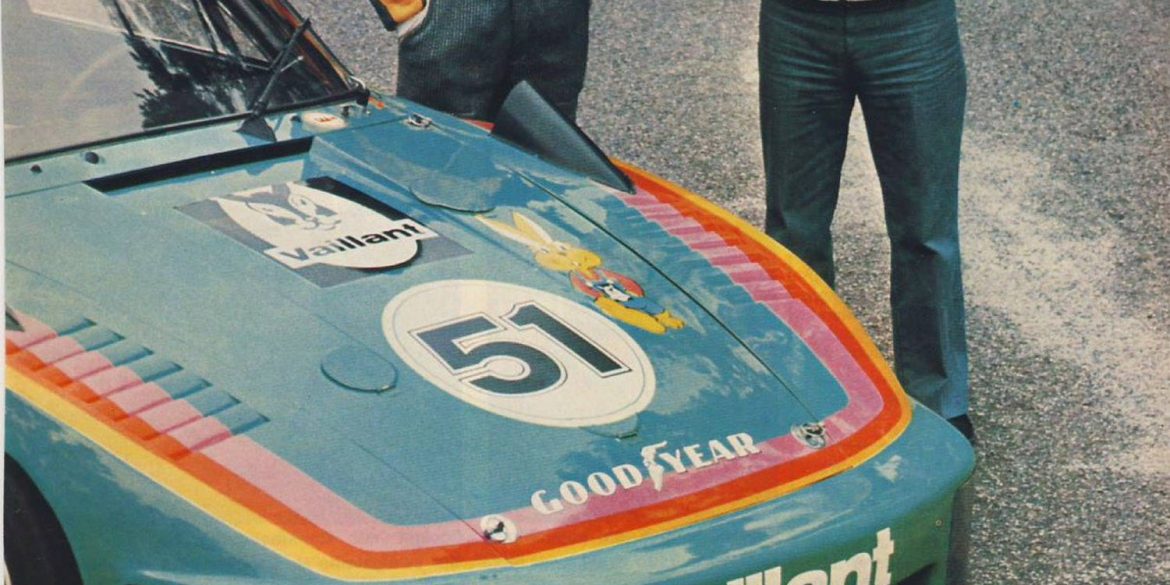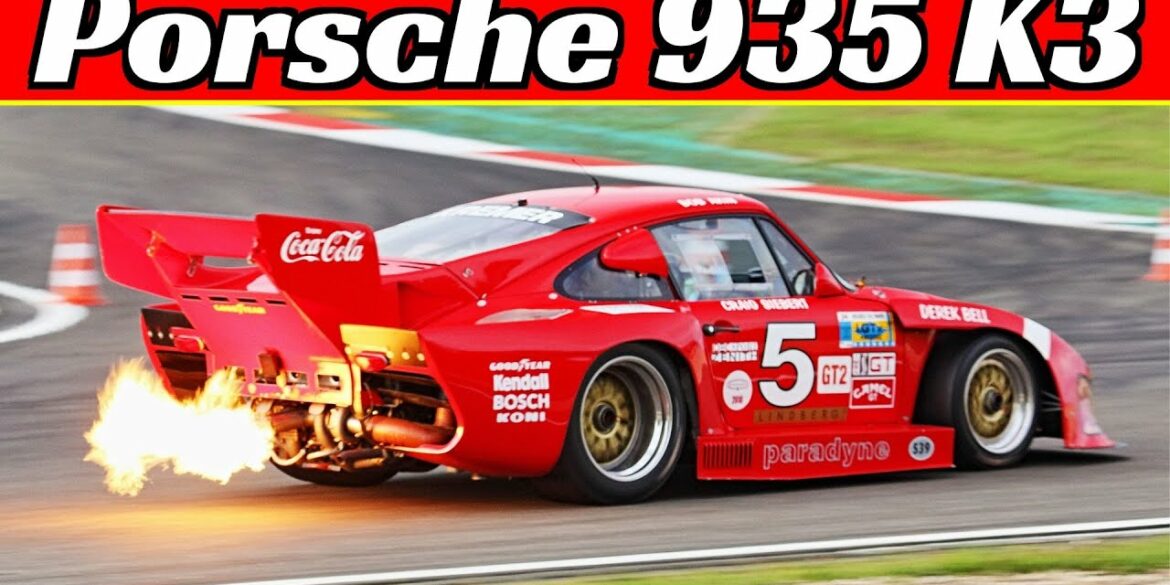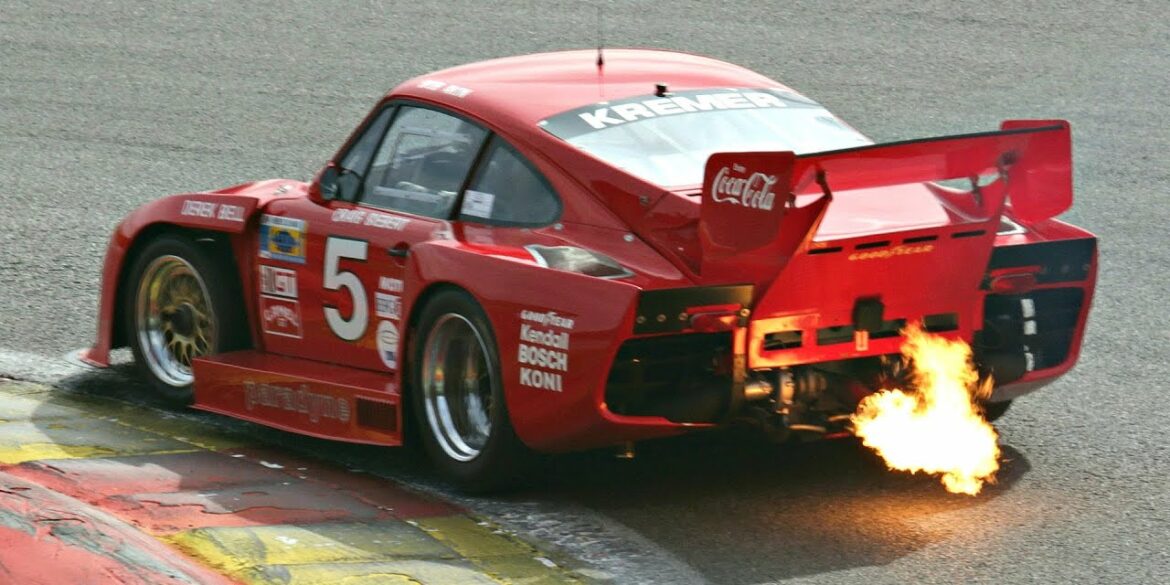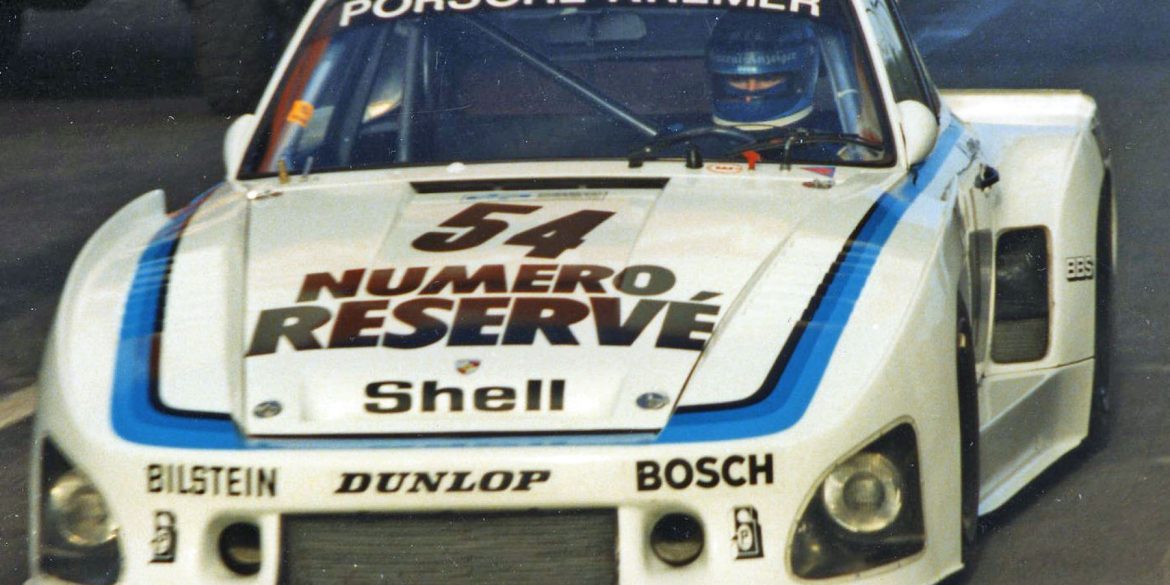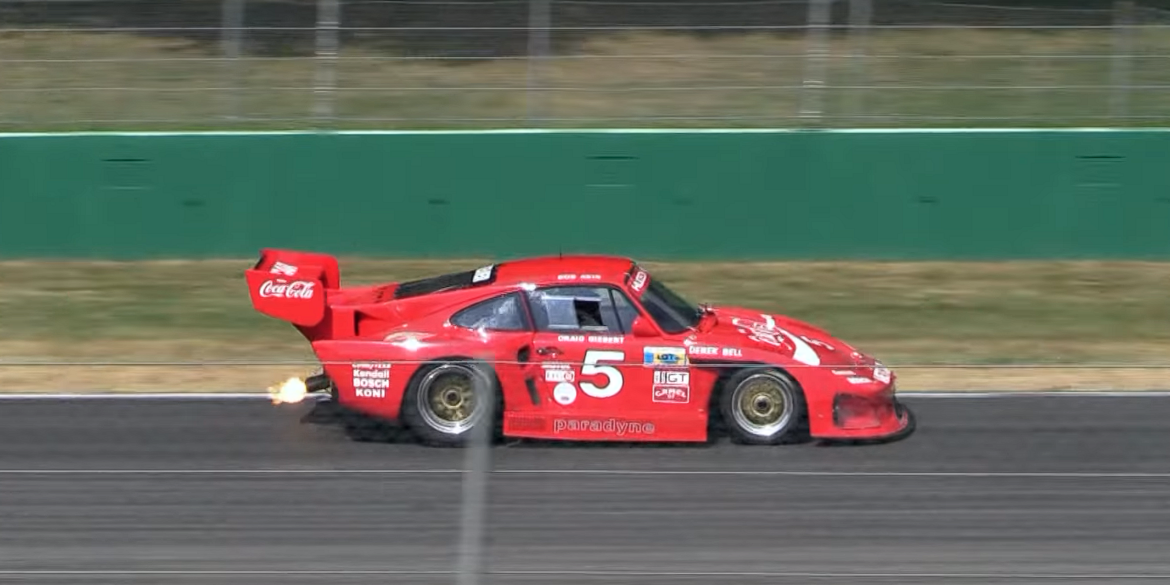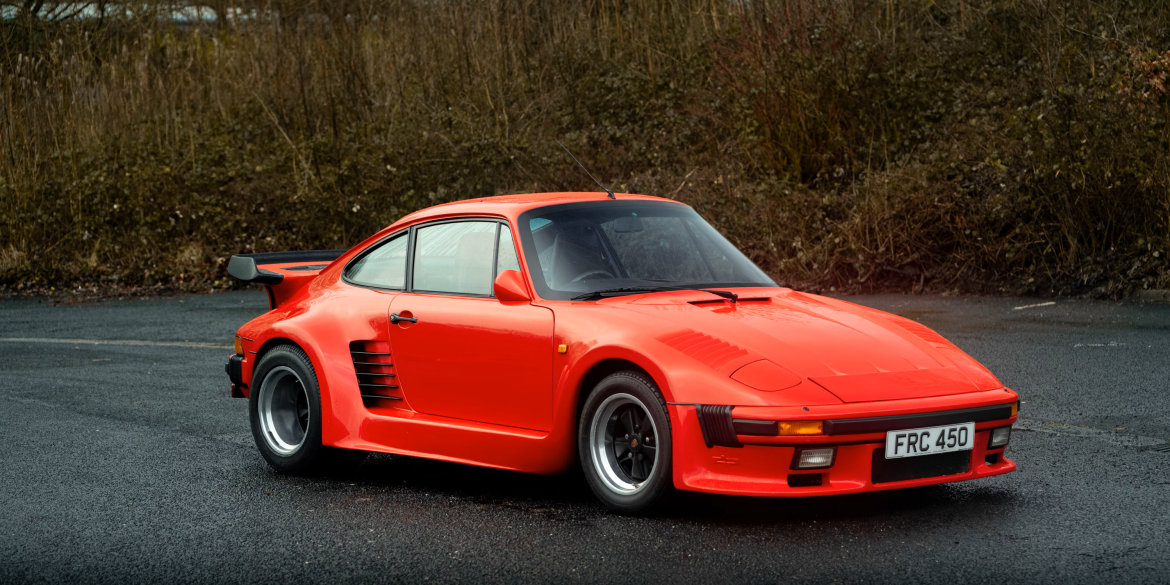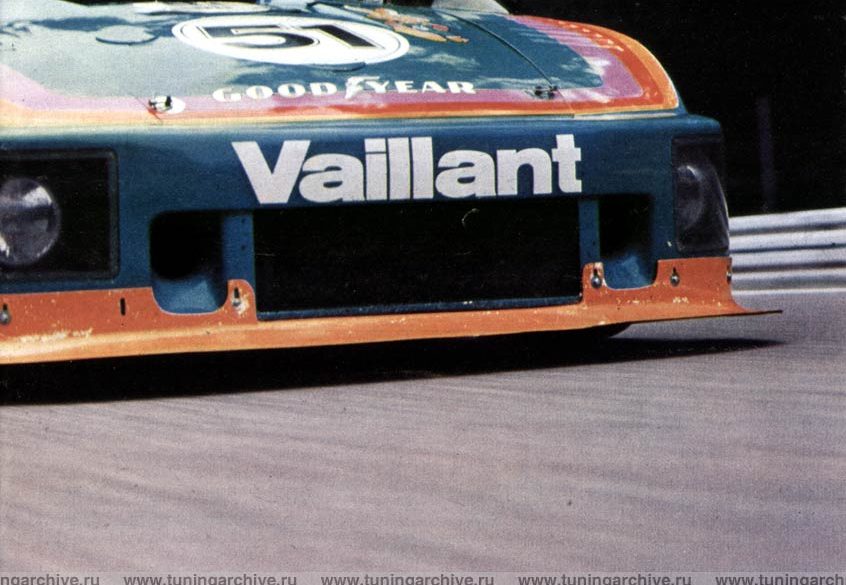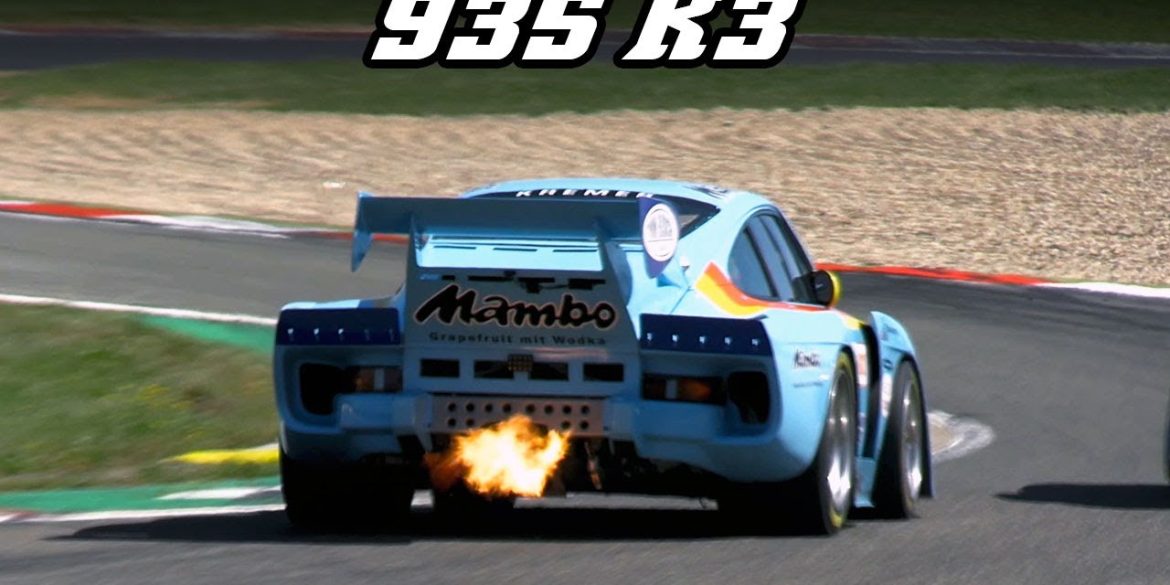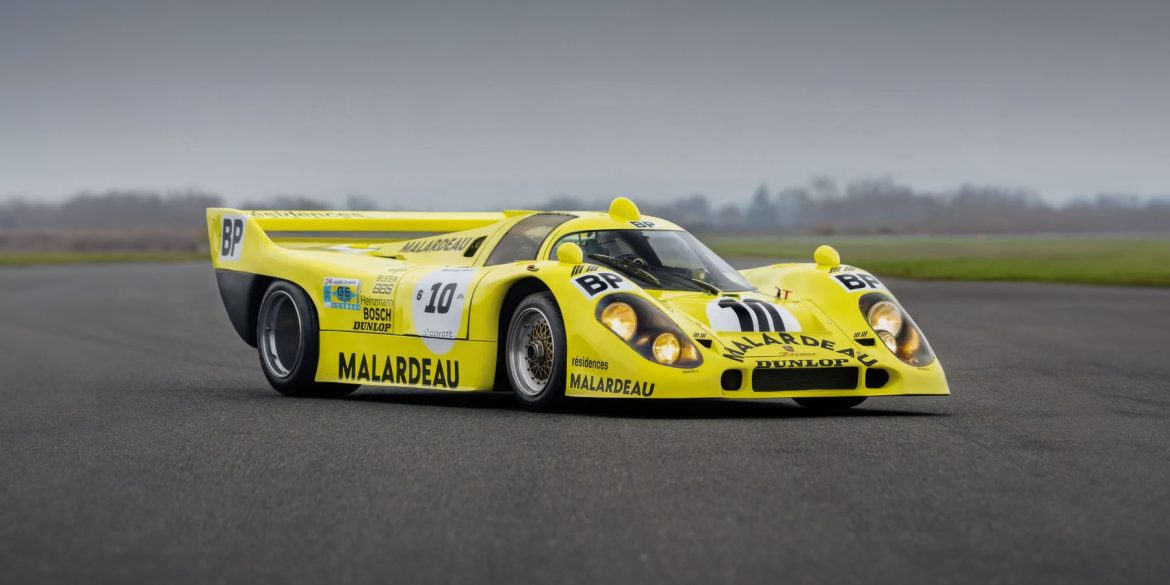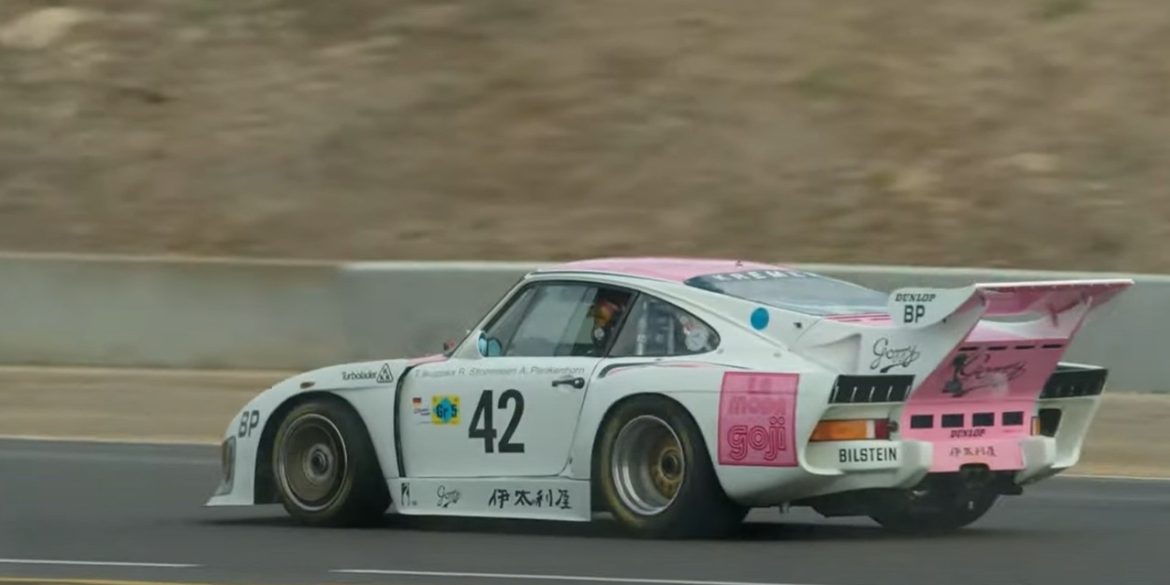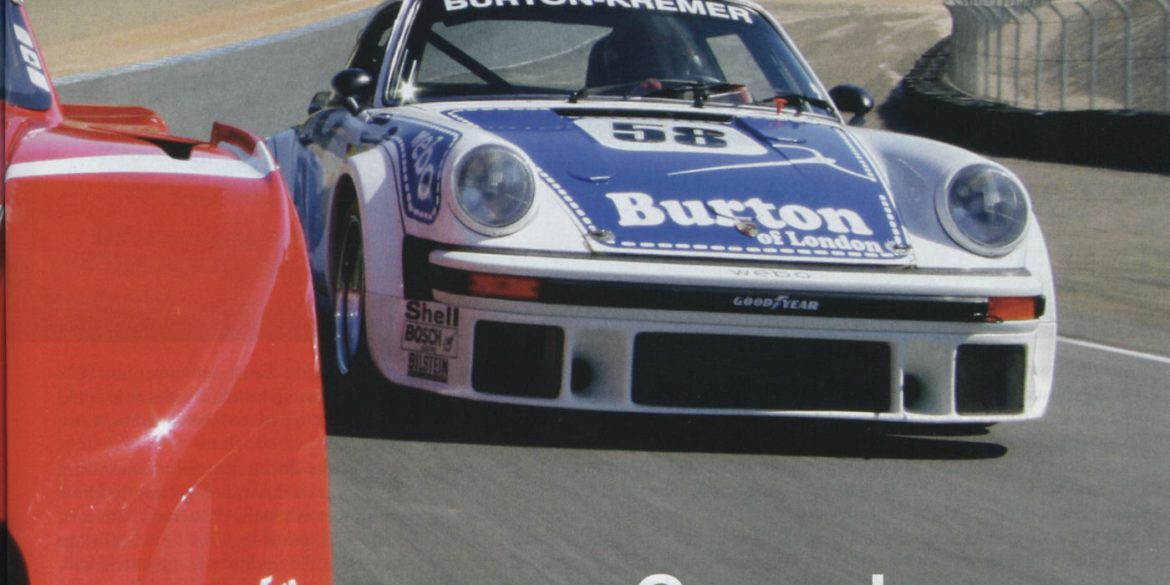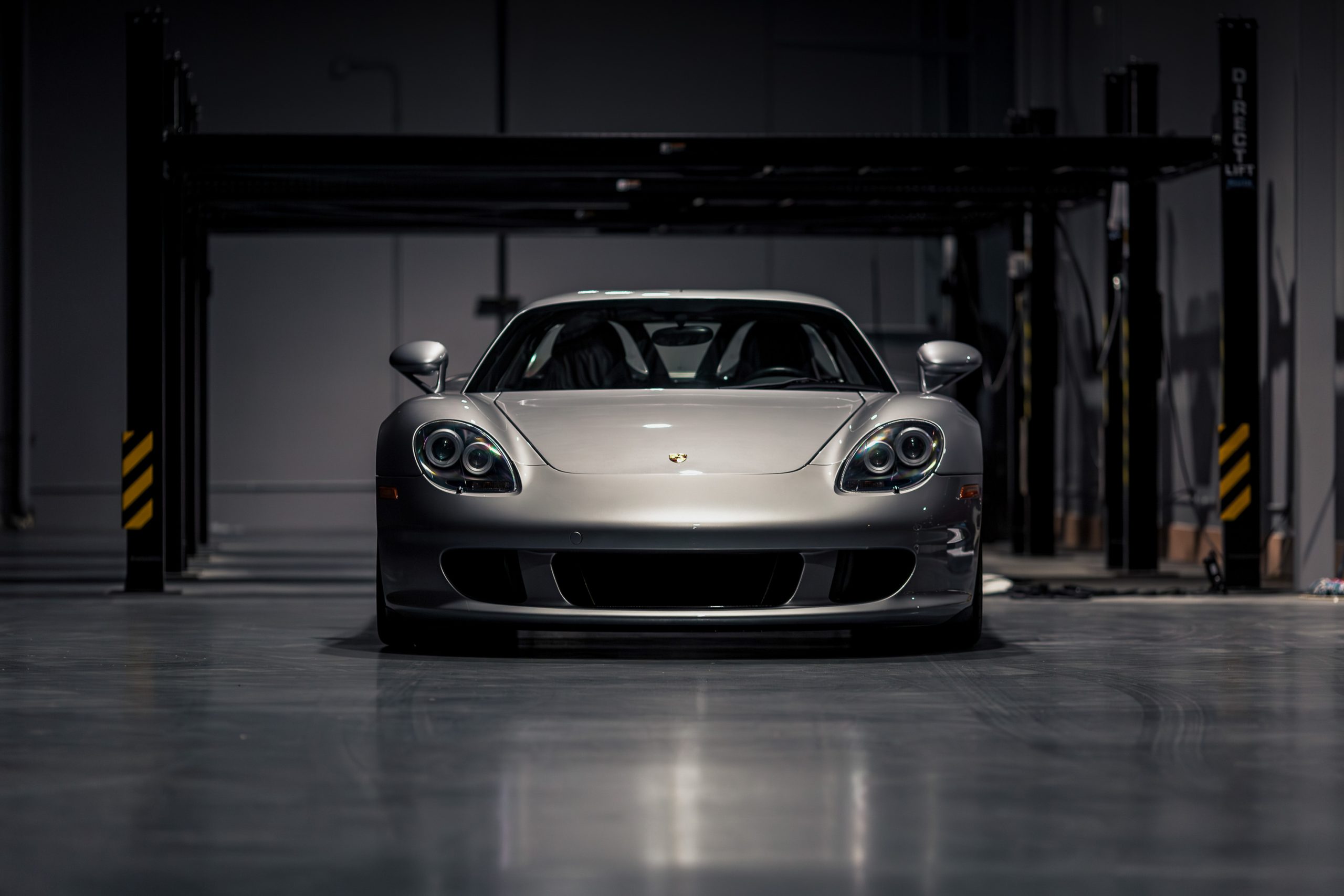Upon seeing the factory 935s and what was possible using the 930 platform, the Kremer bothers from Cologne built up their own version. Their first car contested the World Championship of Makes in 1976 and in the following year, an updated version known as the K2 was further modified. Compared to the Porsche 935, the Kremer version was much more slab sided and featured fences along the top of the rear fender to direct air to the rear wing.
In 1977 Kremer sufficiently improved the 935 to begin series production of their own version. It was the third Kremer built on Porsche's successful platform and many 935/934s were updated to reflect ideas from the brothers in Cologne. The K3 version of their 935 was a great success and won the 1979 24 Hours of Le Mans, 1980 Sebring 12 Hours outright.
Using factory 935/78 ‘Moby Dick’ plans, Kremer built their own version. In doing so they modified the body to their own design to include more downforce. Only two cars were built in K4 specification. Bob Wollek drove the first car to win the Porsche Cup in 1981. Later this car was sold to John Fitzpatrick Racing and driven by John Fitzpatrick and David Hobbs to many successes in the IMSA series.
All four of the Dick Barbour Racing Porsche 935s line up in the pits ahead of the 1979 Le Mans race, each with the Stars and Stripes draped over the rear wing. From left to right: #73 935/77 (934½) – John Hotchkiss, Bob Kirby and Bob Harmon; #72 935/77 –...
The #8 Kremer K3 Porsche 935 entered by Dick Barbour and driven by John Fitzpatrick, in the pit lane ahead of the 1980 Norisring race. The author, Martin Raffauf, is at the car’s right front wheel The Race for the Pork Cutlets… The end of June 1980 was a busy...
Chassis #000 00023 gets a check out on the autobahn by the Kremer brothers prior to Le Mans. Manfred Kremer drove it Erwin Kremer and Jerry Woods followed in a 928 chase car. Le Mans in 1980 was in kind of a transition. The Porsche 935 K3 had won the...
The #91 Porsche 911 RSR driven by Richard Lietz and Frederic Makowiecki rounds Malmedy during the WEC 6 Hours of Spa-Francorchamps on 6 May 2017 Sixty-six years ago, on 24 June 1951, the first Porsche was pushed tentatively onto the starting grid of the 1951 Le Mans 24 Hour race....
With a company like Porsche developing powerful and efficient race engines, it was inevitable that other body and chassis builders would plant a Porsche engine into one of their own creations. With so many builders doing this, it was therefore inevitable too, that an author would sooner or later pick...
Le Mans 24 Hours, 9/10 June 1979: Its a tense time as the lead car, the #41 Numero Reserve Kremer Porsche 935 K3 driven by brothers Bill and Don Whittington, and Klaus Ludwig calls into the pits. Winning the Le Mans 24 Hour was without doubt the highlight of the...
Le Mans 24 Hours, 31 May-1 June 1986: Start of the race – Porsches dominate the lead group In Part 1, Stories from Le Mans – with a Porsche flavour, our intrepid scribbler who hails from that beautiful part of South Africa, the Western Cape, shares with us some hilarious...
Le Mans 24 Hours, 10-11 June 1989: Just after the start of the race, the #15 Richard Lloyd Racing Porsche 962 GTi of Steven Andskar, David Hobbs and Damon Hill passes the pits When you were last with Richard Wiley, we were hurtling around a damp La Sarthe in 1988...
Kremer Porsche 935 K3 – chassis #930 890 0021 The Porsche 935 was the Stuttgart manufacturer’s answer to the FIA’s Group 5 class regulations, making it eligible for the World Championship of Makes. The first Porsche car in this so-called ‘Silhouette’ series, was introduced for the start of the 1976...
The cars come around for the start – Fitzpatrick (left) and Moretti (right) lead the pack By the time the Dick Barbour Racing team arrived in Portland for the Rose Cup IMSA race in August of 1980, we were in good spirits. The week before at the Sears Point IMSA...
1981 Porsche Kremer 935 K4 – chassis #K4-01 In the mid-1970s, Porsche developed the 911 for racing, and in the process, it created the all-conquering 935. In 1978, Norbert Singer was responsible for building the ultimate factory 935, the Moby Dick 935/78, and although this race car had a very...
Kremer Porsche 935 K3/80 (chassis #0013) In the mid-70s, Porsche developed the 935 model, a race car homologated on the 930 road car and aimed at the Group 5 ‘silhouette’ series created by the FIA for the 1976 season. As the records will show, the 935 was a formidable race...
ROFGO Collection by Doug Nye – © Porter Press International Most motorsport enthusiasts will have attended historic races, events such as the Goodwood Festival of Speed or Revival, or similar events in the USA, where the familiar and much-admired Gulf orange and blue race cars have competed or been on...
Porsche 935 k3 Kremer Turbo On Track ...
Porsche 935 Turbo Kremer Video I recently had the opportunity to film the mighty 1979 Porsche 935 Turbo Kremer K3 at Monza circuit. This beast is powered by a fire-breathing 3.2 litre twin turbo flat-six engine which can deliver up to 800hp. Video shows first the car starting and warming...
Development of the 1979 Kremer-Porsche K3 Kremer Racing, headed up by the two brothers Erwin and Manfred, from Cologne, Germany, had been heavily involved in racing 911s since 1965 for their customers. They used various factory racing 911s, such as ST, and RSRs as a starting point and they started...
In 1977 Kremer sufficiently improved the 935 to begin series production of their own version. It was the third Kremer built on Porsche’s successful platform and many 935/934s were updated to reflect ideas from the brothers in Cologne. The K3 version of their 935 was a great success and won...
DP Motorsport is a German tuning company that came to prominence in the late 1970’s when they partnered with the Kremer brothers racing team. They started out as a supplier and manufacturer of various body parts such as rear wings, fenders, etc. The relationship between DP Motorsport and the racing...
The Porsche 935 K3 was constructed by German tuner, Kremer Racing, in accordance with Group 5 regulations. It is equipped with a flat six engine that was carried over from the factory built 935s, although in later years a slightly larger 3.2 litre engine was also offered. Depending on the...
The undisputed King The Porsche 917, conceived in the late 1960s, emerged from Porsche’s strategic intent to conquer the World Sportscar Championship, particularly the 24 Hours of Le Mans. This ambition materialized through exploiting a loophole in the homologation requirements, allowing the creation of a vehicle with unprecedented speed and...
In the late 1970s, while Porsche’s 935 was dominating GT racing, the Kremer brothers, Manfred and Erwin, believed they could enhance the factory cars. Operating a Porsche dealership, Erwin raced Porsches tuned by Manfred. By 1977, Manfred began extensively modifying the cars, producing the 935 K2 in 1978, which rivaled...


